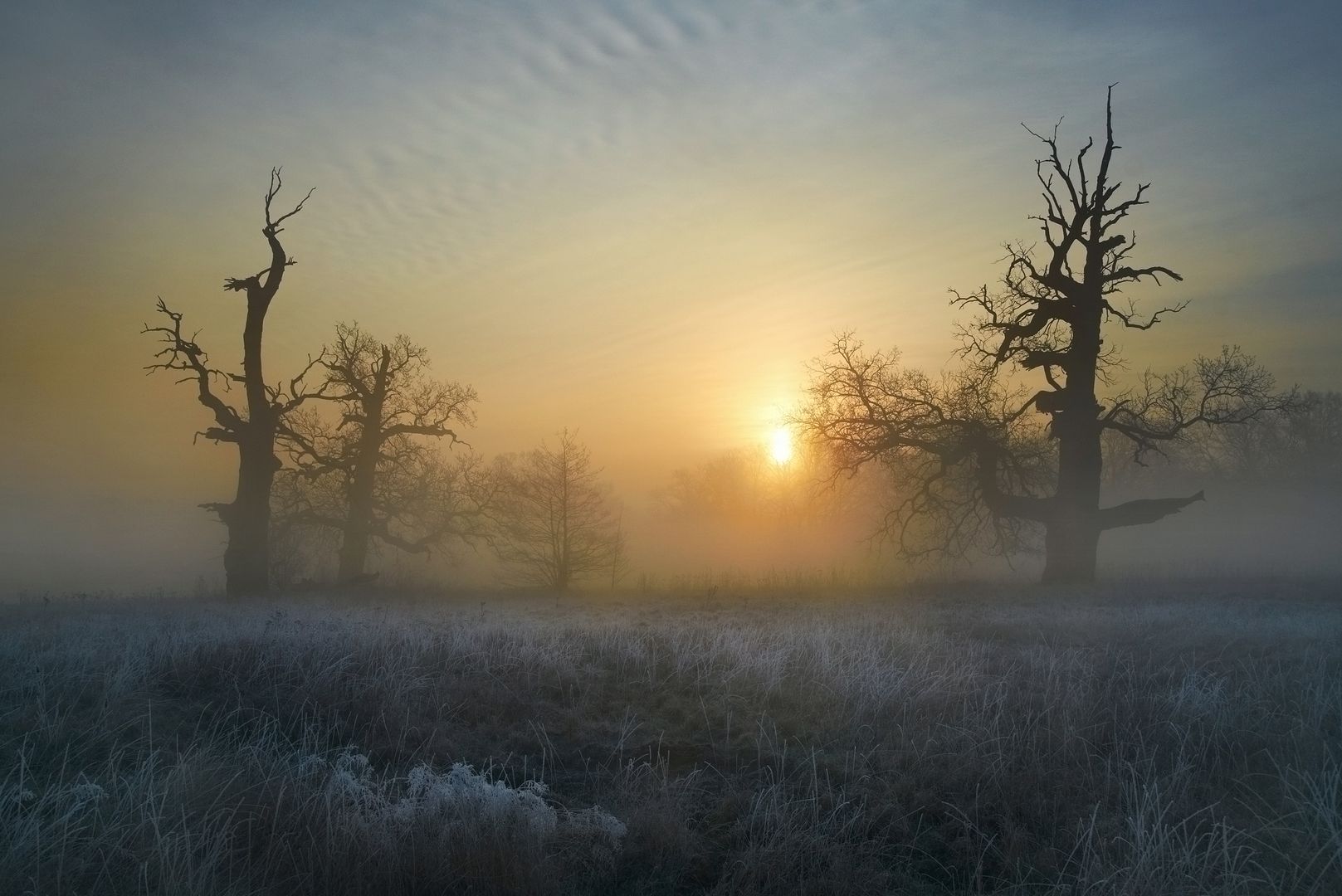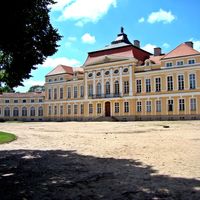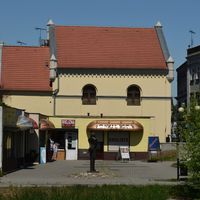Rogalin Landscape Park
7.57

Overview
Rogalin Landscape Park, located in the Greater Poland Voivodeship, encompasses areas of the Poznań and Śrem counties, stretching along the Warta River from Wiórek to Zbrudzewo. Established in 1997, the park protects Europe's largest concentration of ancient pedunculate oaks, as well as the region's natural and cultural values. The history of settlement in this area dates back to the 9th century. Over the centuries, the region has witnessed numerous transformations, including intensive forest management and land reclamation efforts that began in the 18th century, which altered the landscape of the Warta Valley. In the 20th century, efforts were made to protect the unique ecosystems, and in 1948, the oaks in Rogalin began to be preserved. The park does not have a strictly defined buffer zone, and its main feature is its habitat diversity, which supports a rich variety of flora and fauna, including protected species such as the great capricorn beetle and beavers. Characteristic of the park are its diverse forests, including mixed pine-oak woodlands, and oxbow lakes, which provide habitats for aquatic plants and animals. The Rogalin oaks, including the famous trees "Lech," "Czech," and "Rus," symbolize the region, with their age estimated at 800–850 years. The park attracts tourists by offering hiking, cycling, and horseback riding trails, as well as opportunities to immerse in nature and history. Interestingly, these oaks gained popularity as a backdrop for the film "An Ancient Tale: When the Sun Was a God." Rogalin Landscape Park is not only a place of exceptional natural value but also a cultural symbol of Greater Poland, reflecting the region's rich history.
Location
You can also find here:
2025 Wizytor | All Rights Reserved


